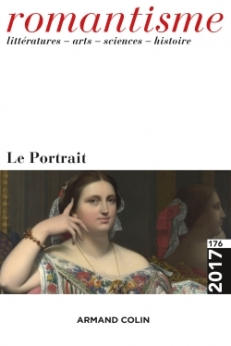
Romantisme n° 176 (2/2017)
Pour acheter ce numéro, contactez-nous
Recevez les numéros de l'année en cours et accédez à l'intégralité des articles en ligne.
L’important succès du portrait photographique, qui a connu ses premiers développements industriels dans les années 1850, a suscité des débats qui s’articulaient notamment autour de la faculté qu’on lui prêtait de restituer immanquablement la ressemblance du sujet. Le nouveau médium a ainsi conduit de nombreux critiques d’art à repenser, à questionner et à redéfinir la notion de ressemblance dans le portrait. S’appuyant sur la comparaison avec la peinture et la caricature, les écrits de cette période sur l’art et la photographie ont tenté de définir les critères et les degrés de la ressemblance ainsi que leur articulation aux critères du jugement esthétique. Ils ont ainsi contribué à remettre en cause les liens entre art et représentation.
The considerable success of the photographic portrait, whose first industrial developments came in the 1850s, led to debates articulated among other things by the faculty of unfalteringly catching their subject’s likeness, a faculty people attributed photographs with. The new medium thus led a great many art critics to rethink, reconsider and redefine the notion of resemblance in the portrait. The writing on art and photography of this period, grounded in comparisons with painting and caricature, tried to define criteria and degrees for resemblance as well their articulation with the criteria of aesthetic judgements. It thus contributed to putting in question the links between art and representation.

